I was planning to make a post about St. Mark's Square, but my friend @belkinsa showed me her curiosity to know what the squares and streets of Venice are like. I have searched through my photos and found some that may illustrate this issue.
The first thing to note is that the entire city of Venice is pedestrian, there are no cars. This is a big difference from everything we are used to. Since there are no cars, the silence of the streets is different.
Venice is made up of 118 small islands and between them there are 160 canals. They are joined by more than 400 bridges.
There are many people on the main streets and almost all of them are tourists. It is such a different city that, if it weren't for the fact that time has left its mark in many parts, one would think that it was in a theme park.
Venice was frozen in the 17th century. That is precisely the charm of it. The leaders have tried to maintain the homogeneity of past times and therefore, new constructions should not clash. An example is the famous La Febice opera house, which burned completely in 1996 and was rebuilt in 2003 exactly the same as the previous one.
Living in Venice is not comfortable at all. Going out on the street and moving around means constantly going up and down the stairs of the bridges. Therefore, perhaps Venice is depopulating.
The population is increasingly older and the houses do not have the comforts of modern cities. This explains why Venice is losing population.
Airbnb vacation rentals are turning the city over to tourism and there are now only small places where some Venetians still live. It's sad but that's how it is.
Venice receives 60,000 tourists daily who arrive mainly by train or cruise ship. There are about 20-30 million tourists annually.
At its peak, Venice had 180,000 inhabitants. It was a great commercial and imperial power that declined in the 18th century.
Venice suffered a terrible plague epidemic, transmitted by rats, between 1629 and 1631, with 50,000 Venetians losing their lives, which caused the beginning of the decline of the Venetian Republic and ended up annexed by the Austro-Hungarian Empire. Later it became part of the Kingdom of Italy with a very weakened economy compared to its peak moments.
Since 1950 the city has lost more than 100,000 inhabitants. In a progressive decline, Venice has been replacing its neighbors with tourists. Today only 55,000 people live there. At this rate, it is estimated that the city could cease to have inhabitants in the year 2040.
Absolutely everything in Venice is transferred by boat to its final destination. As a consequence, any product, construction or renovation becomes quite expensive.
In addition to being expensive, it is not comfortable to live in Venice. The people who remain are generally elderly and find it difficult to leave the house. Going to buy bread and moving around among all the tourists is quite hard. Older people have serious difficulties in making purchases or being cared for; there is some degree of dependency.
The typical resident of Venice is an elderly person who goes everywhere with a shopping cart. This serves to transport objects and to support himself at times. This way he goes up and down the stairs much more easily.
There is an unwritten rule about how to wander the streets of Venice. It is that each one must go to his right. The residents of Venice rebuke you bitterly if you do not comply and bother them in their path. It happened to us a couple of times.
Most of the inhabitants of Venice have gone to nearby cities such as Mestre, while the city of the canals is being consumed without remedy because without inhabitants the buildings inexorably deteriorate.
As planned and after this somewhat apocalyptic vision, in the next publication I will tell you about the most beautiful and spectacular square in Venice, St. Mark's Square. Until then, see you!
The streets of Venice
I planned to make a publication about St. Mark's Square but @belkinsa has shown me his curiosity to know what the squares and streets of Venice are like. I have searched among my photos and I have found some that can illustrate this issue.
The first thing to indicate is that the entire city of Venice is pedestrian, there is no car. This makes a big difference with everything we are used to.
Since there are no cars, the silence of the streets is different.
Venice is made up of 118 small islands and among them there are 160 channels. They are joined by more than 400 bridges.
In the main streets there are many people and almost all are tourists. It is a city so different that, if it were not because time has left its mark in many places, one would think that it is in a theme park.
Venice was frozen in the 17th century. That is precisely its charm. The leaders have tried to maintain that homogeneity of times gone by and therefore, the new constructions should not disentangle. An example is the famous opera house La Febice that burned down in 1996 completely and has been rebuilt in 2003 exactly like the previous one.
Living in Venice is not comfortable at all. Going out and moving means constantly going up and down the stairs of the bridges. Therefore, perhaps Venice is depopulating.
The population is getting older and the houses don't have the comforts of modern cities. This explains that Venice is losing population.
Airbnb vacation rentals are delivering the city to tourism and there are only small places where some Venetian still lives. It is sad but true.
Venice receives 60,000 tourists daily who arrive by train or cruise ships mainly. They are about 20-30 million annual tourists.
Venice reached 180,000 inhabitants at its best.
Venice was a great commercial and imperial power that had its decline in the 18th century.
Venice suffered a terrible epidemic of plague, transmitted by rats, between 1629 and 1631, 50,000 Venetians losing their lives, which caused the beginning of the decline of the Venetian Republic and ended up annexed by the Austro-Hungarian Empire. Later he became part of the Kingdom of Italy with a very weakened economy with respect to its peak moments.
Since 1950 the city has lost more than 100,000 inhabitants. In a progressive decline, Venice has been replacing its neighbors with tourists. Today only 55,000 people live there. At this rate, it is estimated that the city could cease to have inhabitants in the year 2040.
Absolutely everything in Venice is transferred by boat to its final destination. As a consequence, any product, construction or renovation becomes quite expensive.
Besides being expensive, it is not comfortable to live in Venice. The people left are generally older people and find it difficult to leave home. Going to buy bread and travel in the meantime tourist is quite hard. Elderly people have serious difficulties to make the purchase or be attended there has some degree of dependence.

The classic neighbor of Venice is an elderly person who goes everywhere with a shopping cart. This serves to transport the objects and to support themselves in some moments. So go up and down the steps of the accounts much more easily.
There is an unwritten rule of how to navigate the streets of Venice. It is that everyone must go to their right. The neighbors of Venice sour you bitterly if you do not comply and ignore them in their passage. It happened to us a couple of times.
Most of the inhabitants of Venice have gone to nearby cities such as Mestre, while the city of canals is consumed without remedy because without inhabitants the buildings are deteriorating inexorably.
As I had planned and after this somewhat apocalyptic vision, in the next publication I will tell you about the most beautiful and spectacular square in Venice, St. Mark's Square. Until then, see you!
source: https://hive.blog/spanish/@volcandemorcilla/las-calles-de-venecia-the-streets-of-venice
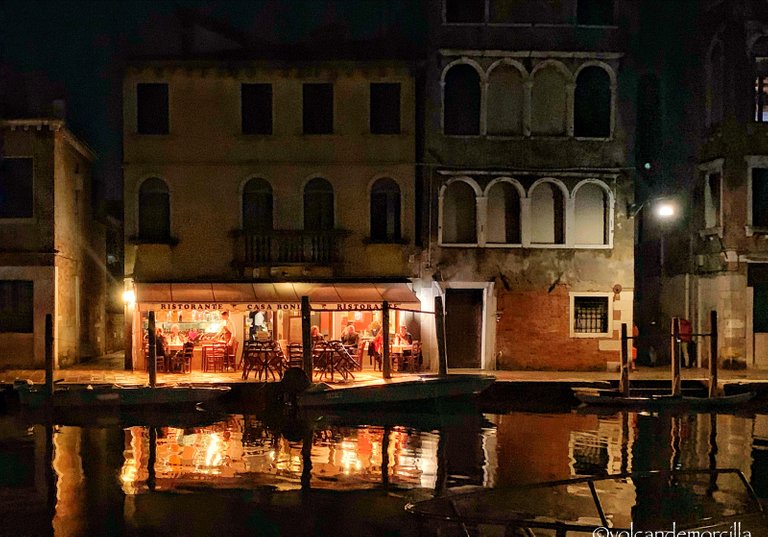

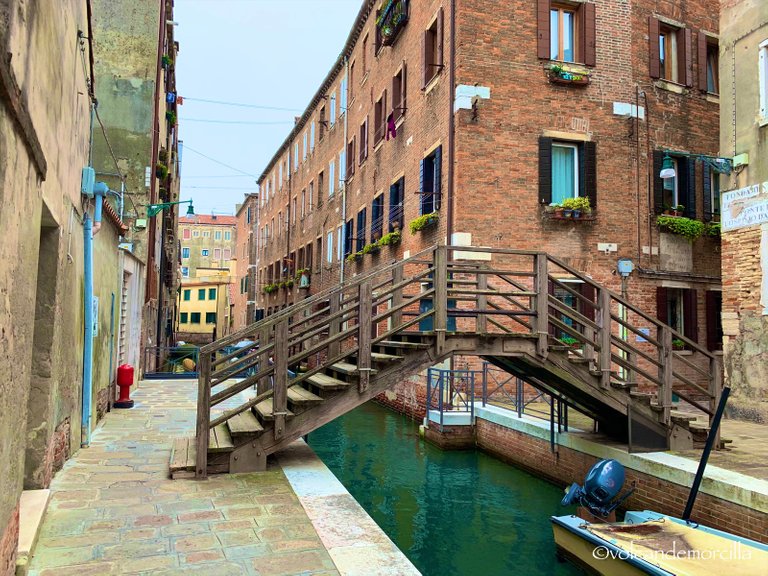
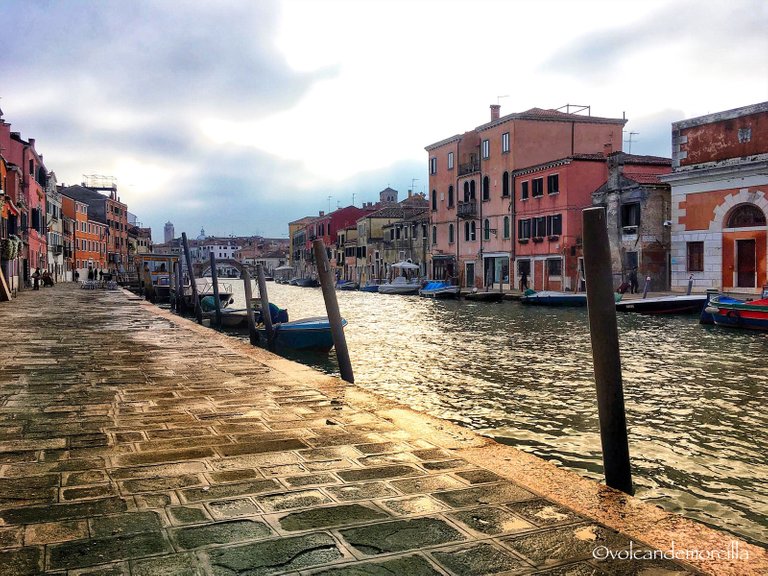
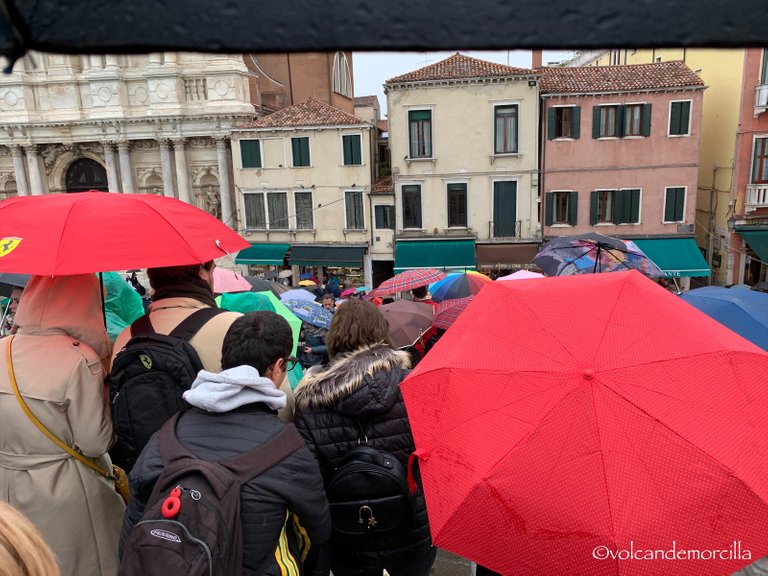
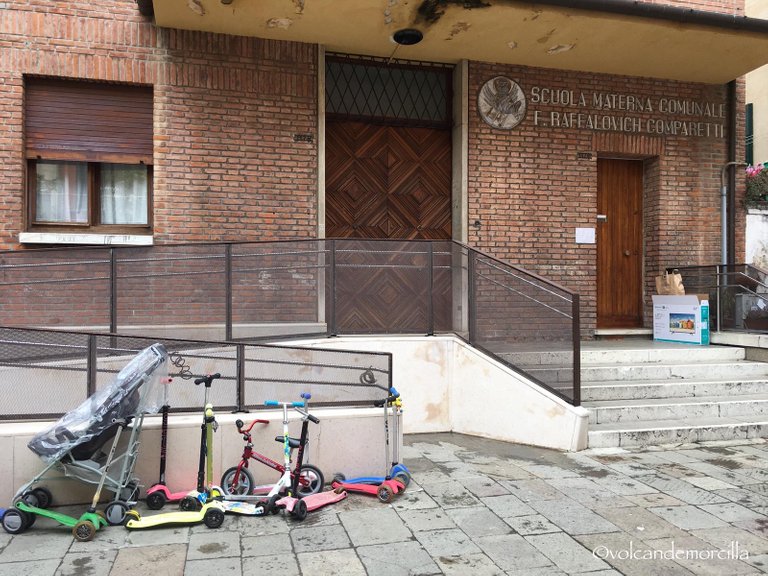
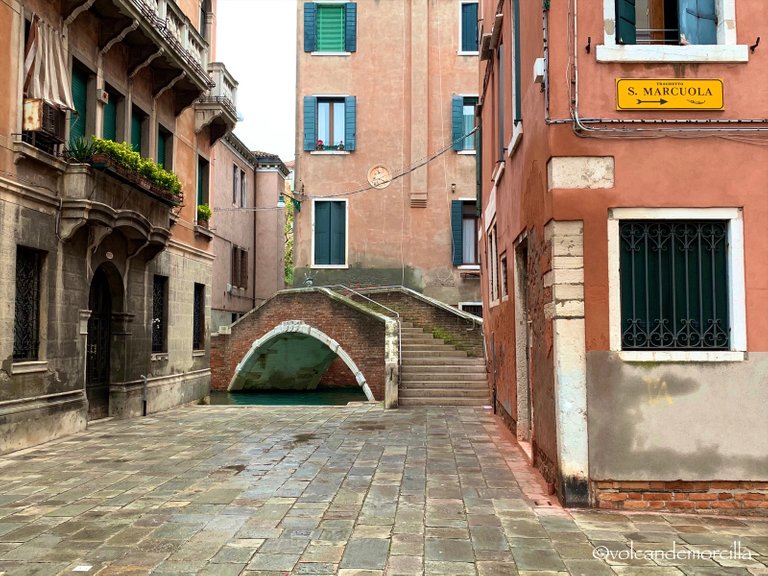
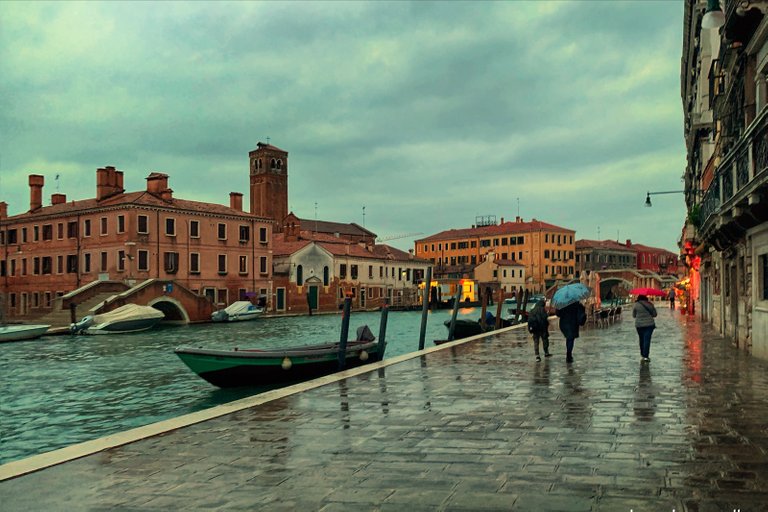
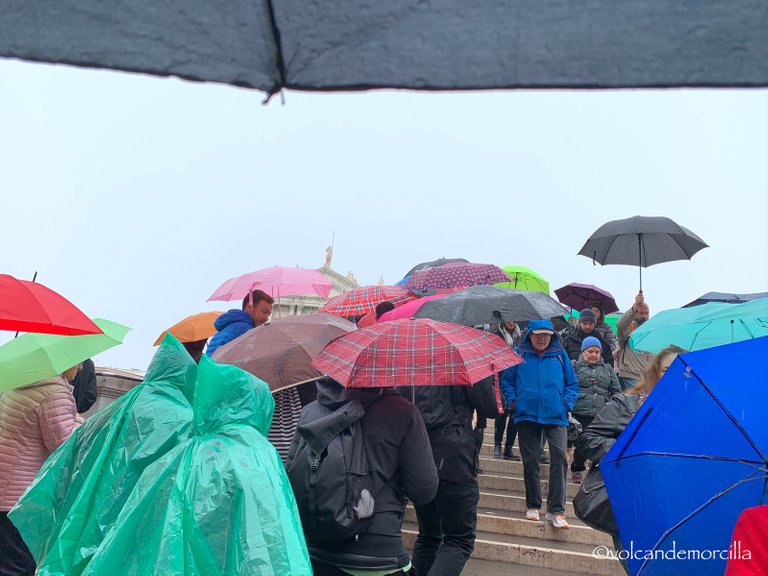
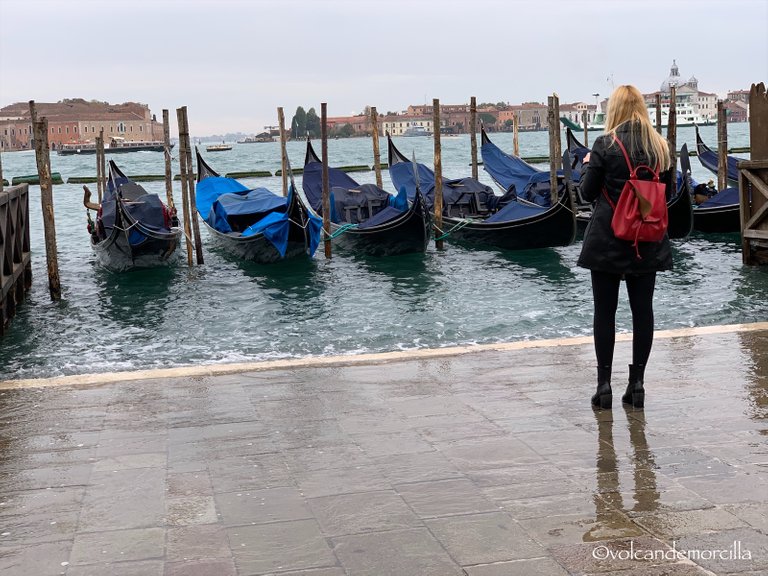

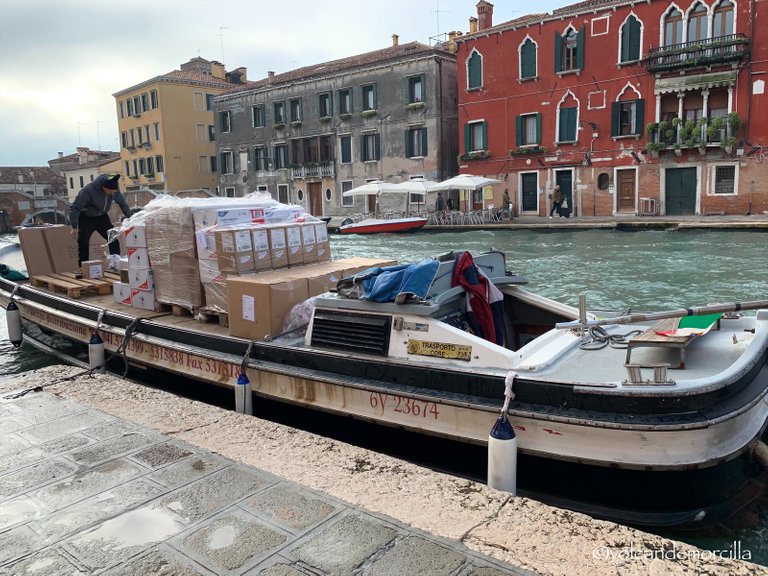
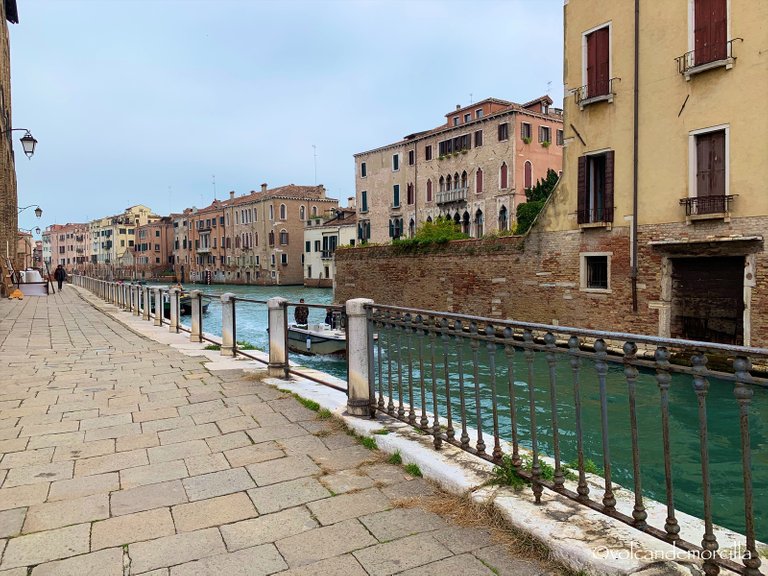

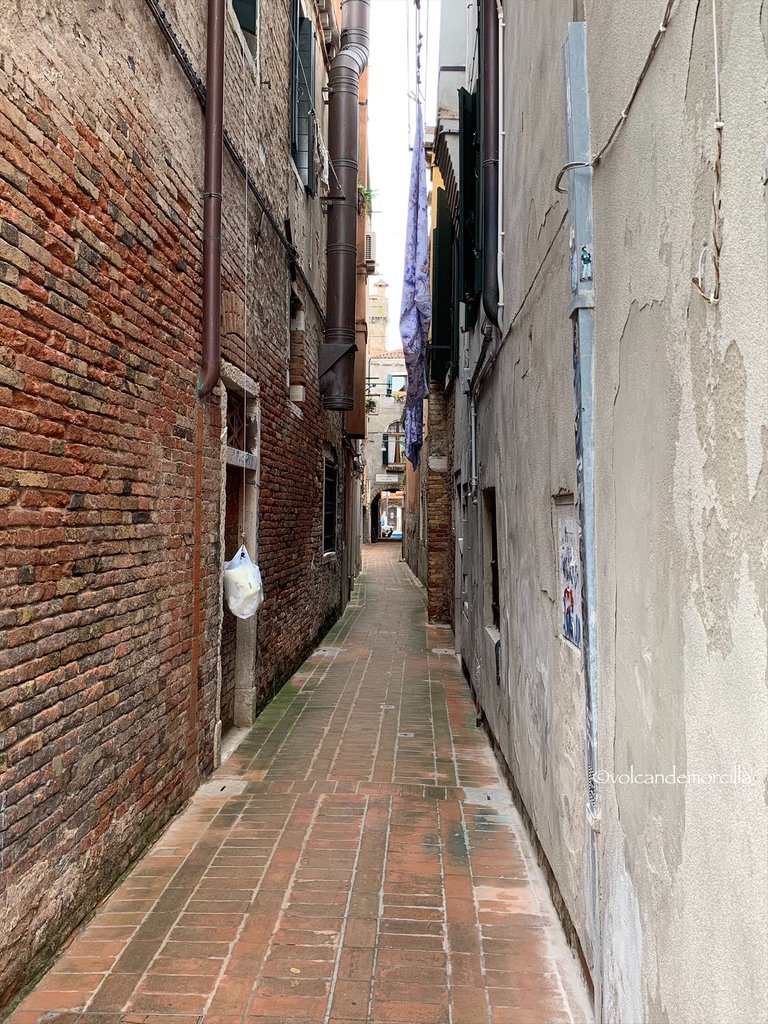
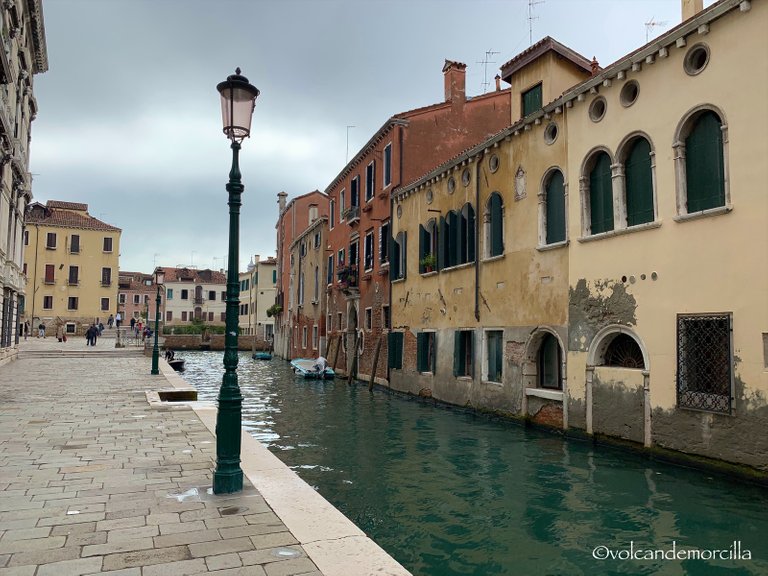
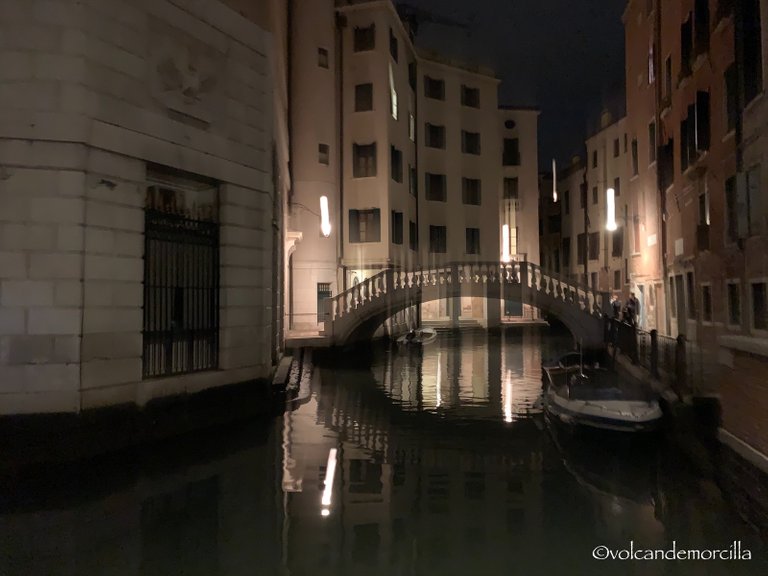

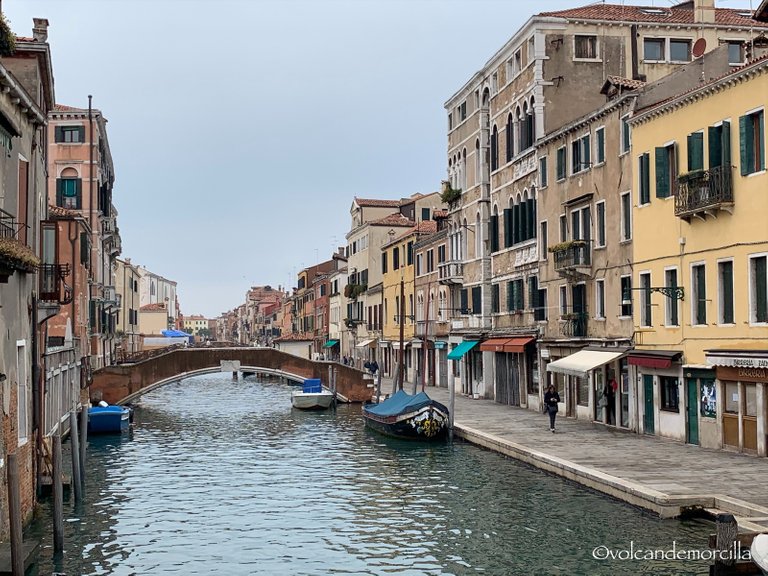
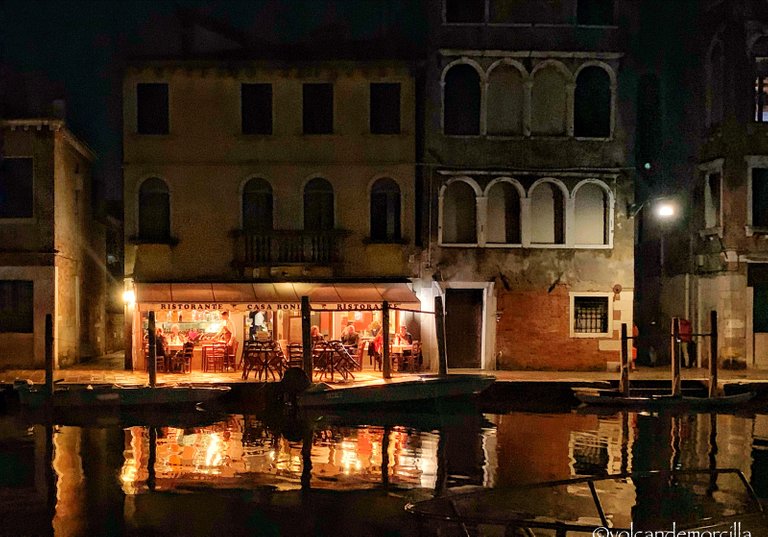
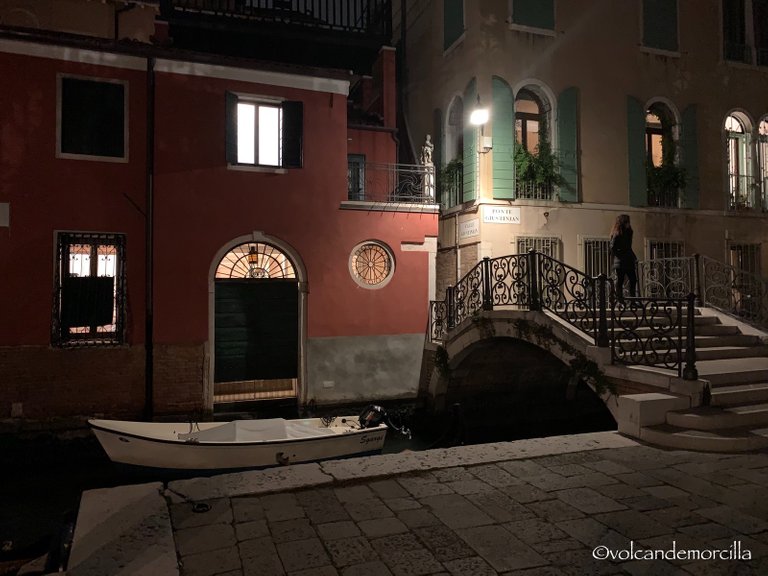
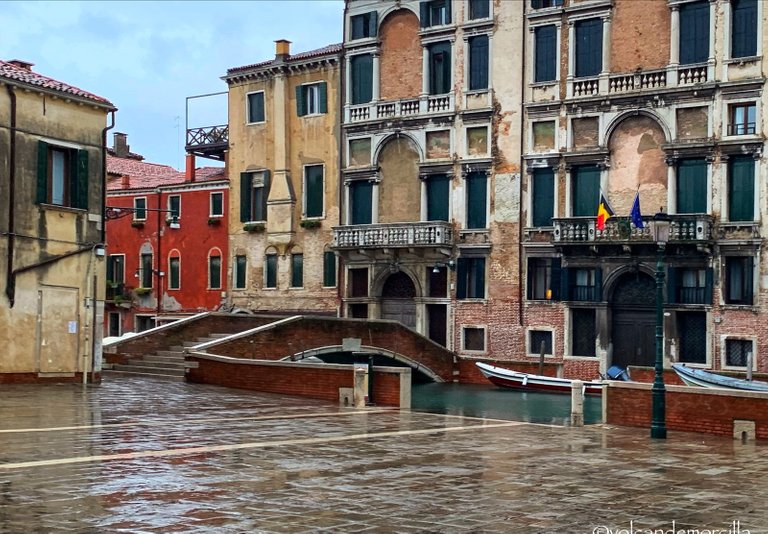
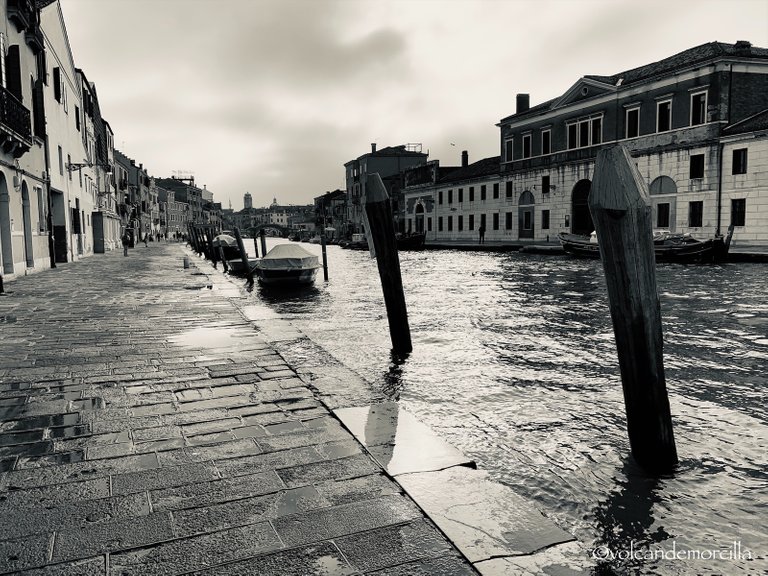
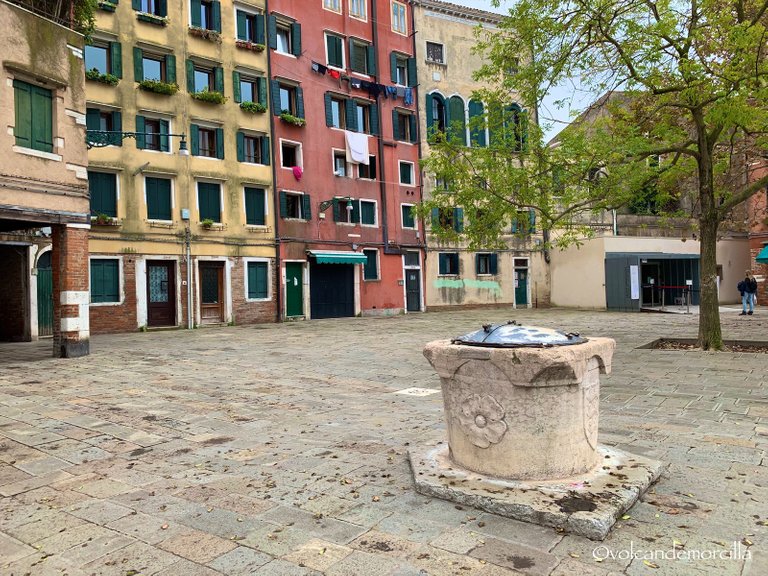
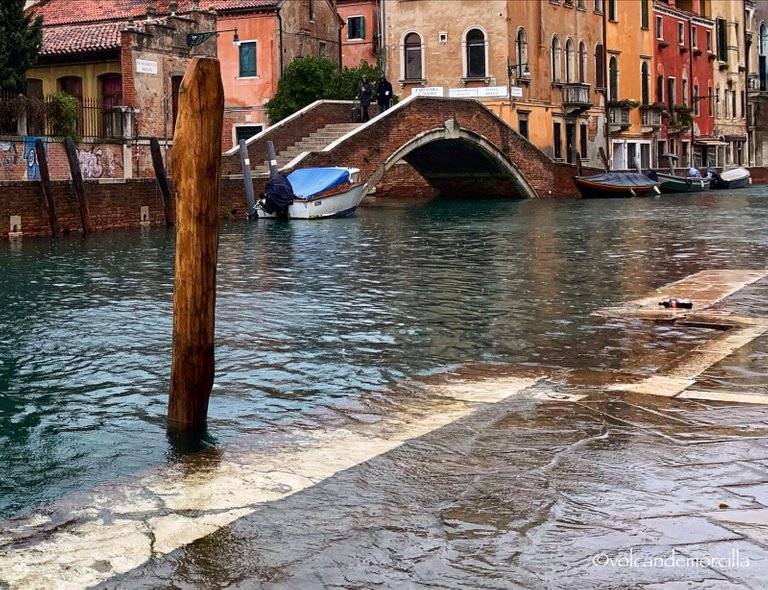
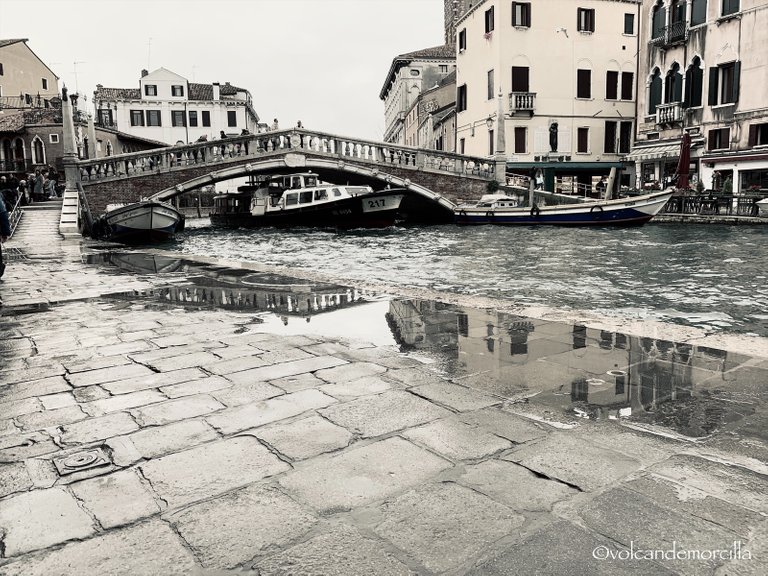
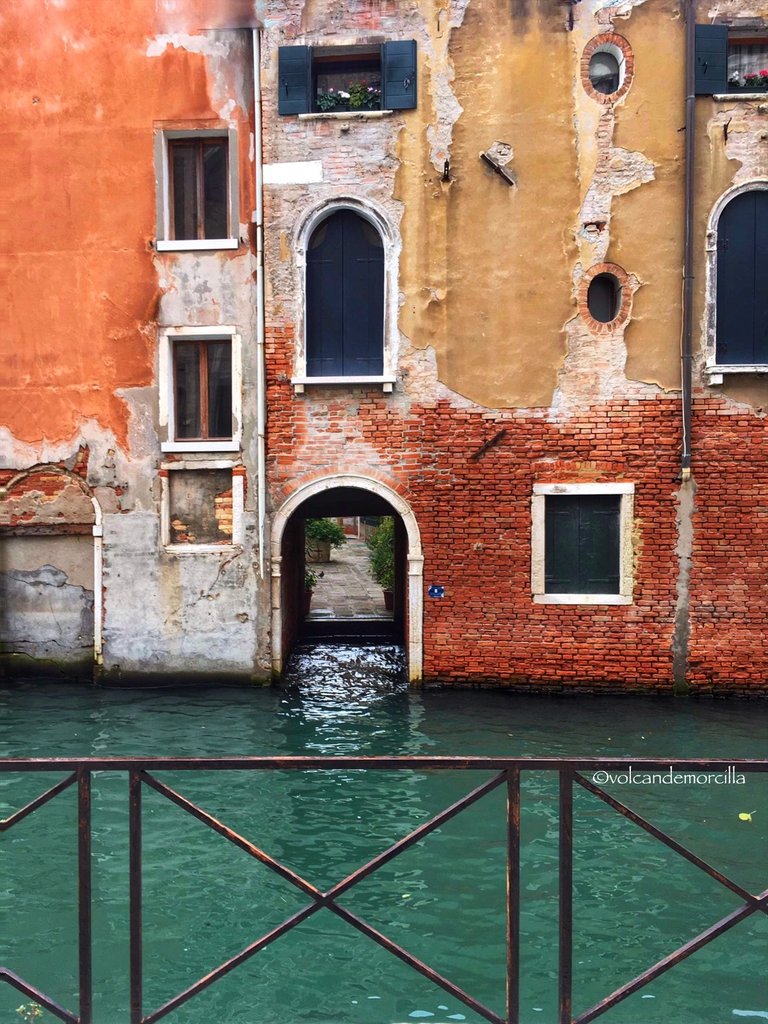
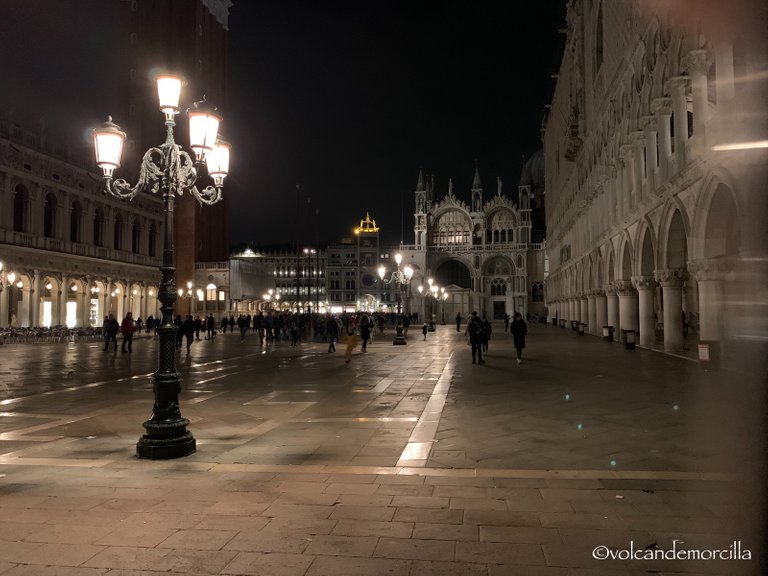








0 commenti:
Post a Comment